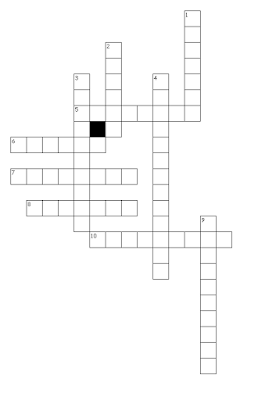Blending learning is a term used to describe the
way traditional learning is combined with technology. Students learn some
contents in the classroom and other ones through the internet, where they
can choose when and where to do it. What teachers have to do is to find a
balance between what students do in the classroom and through the internet.
As we saw along this year, the use of
technology in the classroom is very useful, not only for teachers but also for
students. They can find a lot of information, videos, images and everything
they want on the internet. Knowing that technology is very important in the
classroom, teachers may ask themselves if they are important too. We can
say this, because students have a huge amount of information available on the
internet so the role of the teacher changed to “facilitator”, since they help
students to see what of the online material is the most acceptable and meaningful.
The presence of teachers in the classroom is still vital as they have the role of keeping students motivated and making them progress.
We think that nowadays, blending learning is
essential in the classroom due to the fact that students get bored working with
paper-and-pencil materials. The use of technology may motivate students in an
era where they can find a lot of things available on the internet. What is more, the
teacher will have a central role and as a result, they will help students find what it is of highly importance for them.
You can get a better explanation of what
blended learning is in the following video:





